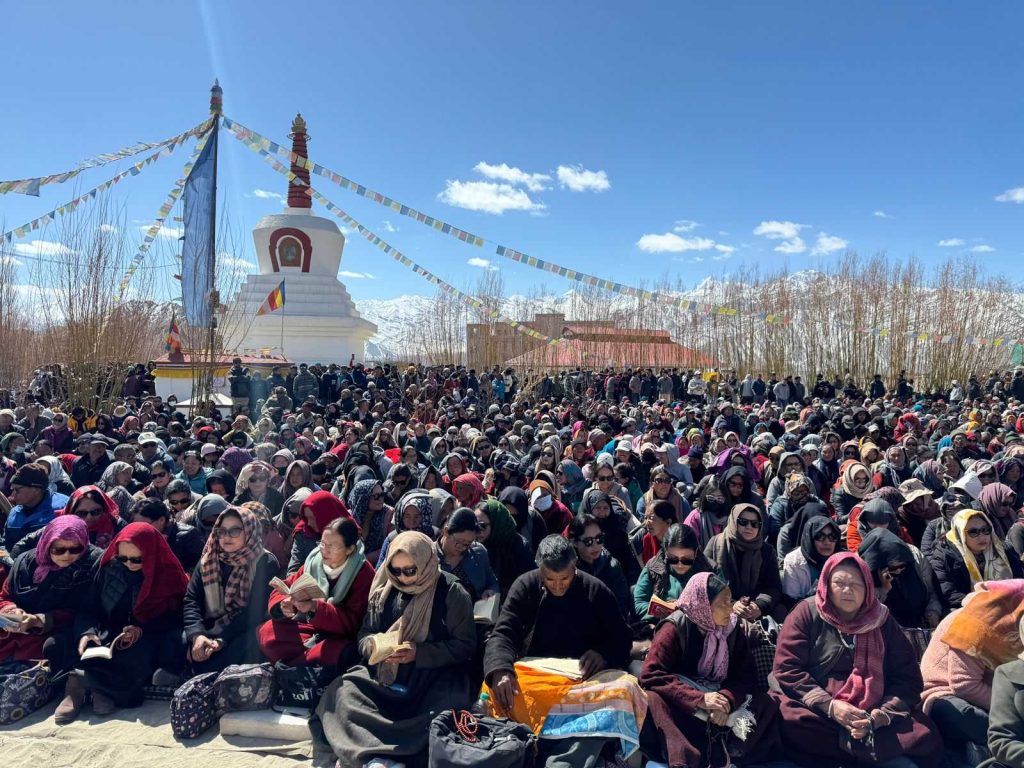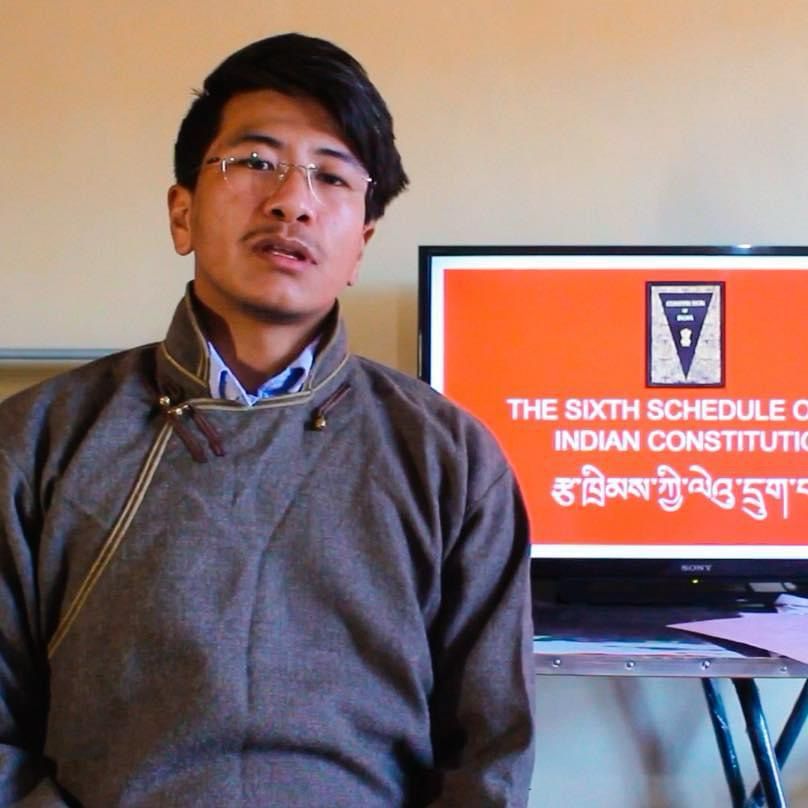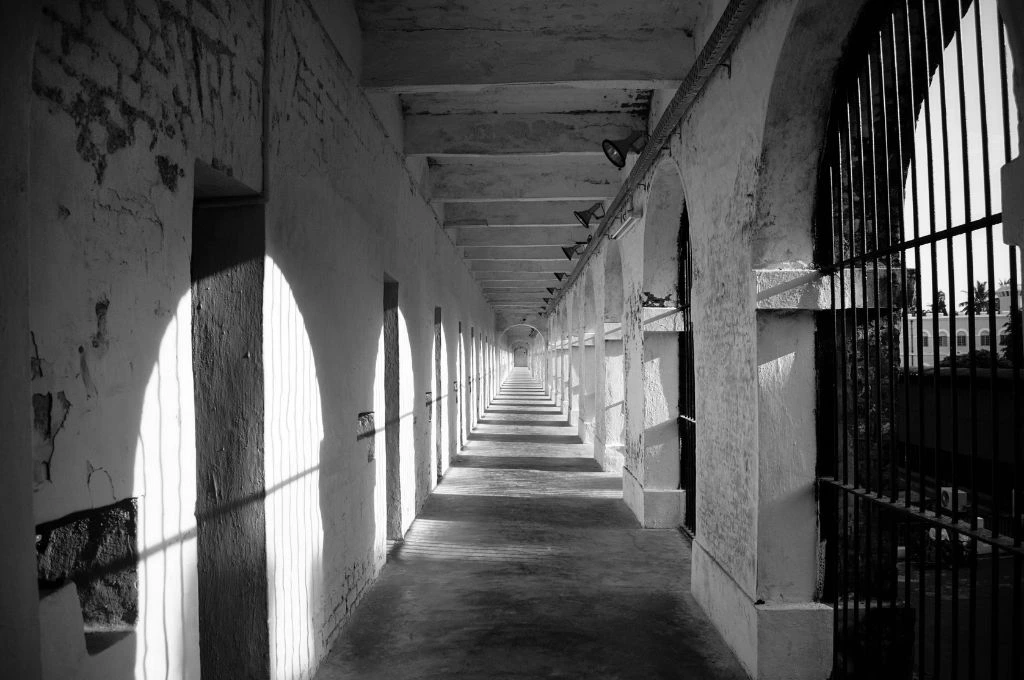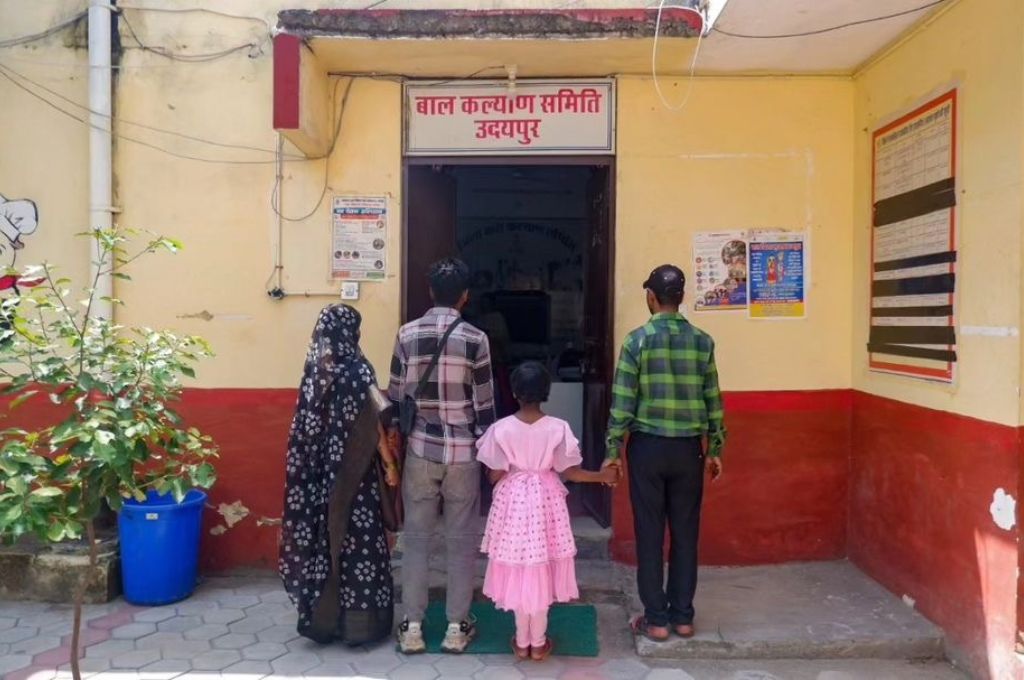In Ladakh, a powerful ecological and democratic movement is underway. The people of Ladakh want to reclaim their agency in shaping their future and protecting their lands by calling for the implementation of the Sixth Schedule of the Indian Constitution. This would ensure that decisions related to land, forests, mining, resources, customs, and culture require the approval of the region’s elected representatives and the indigenous communities who are custodians of these resources.
Two groups, the Leh Apex Body (LAB) and the Kargil Democratic Alliance (KDA), are at the forefront of this movement for political autonomy and ecological sovereignty. Their demands are:
- attainment of statehood status for Ladakh
- inclusion of Ladakh in the Sixth Schedule
- establishment of a dedicated public service commission for Ladakh
- allocation of two parliamentary seats specifically designated for Ladakh (Leh and Kargil)
However, this isn’t the first time that the people of Ladakh have made such demands.
In 2019, diverse social, religious, political, and youth organisations in the region first came together to protest the lack of representation of Ladakh in key policy decisions. This dissatisfaction arose after Article 370 and 35A were abrogated by the Indian government. Initially hopeful when Ladakh became a separate union territory (UT), locals expected increased political representation. However, the decision to grant UT status without a legislature instead jeopardised their democratic rights and constitutional safeguards. Previously, Ladakh was represented by four members of legislative assembly (MLAs) and two members of legislative council (MLCs) in the legislature of the former state of Jammu and Kashmir. However, the current political representation has been reduced to a single Lok Sabha seat and the existence of two autonomous councils known as the Ladakh Autonomous Hill Development Councils (LAHDC). An example of the fallout of these diminishing rights can be further seen in the increasing number of non-locals governing Ladakh. Currently, the lieutenant governor heads the administration that governs Ladakh. This administration is full of non-Ladakhi bureaucrats typically stationed for two or three years. During this time, they fail to grasp the culture or understand the people and aspirations of the region.
As civil society groups and local communities began to realise the implications of their dwindling political representation, they started to come together in protest. The KDA and LAB organised a movement to sensitise people and put forward their demands to the Ministry of Home Affairs (MHA) through numerous protests and dialogues with MHA officials. They have been supported by environmentalist and educationist Sonam Wangchuk, who did three climate fasts in the last two years including the most recent 21-day hunger strike from March 6 to March 26, 2024.
While the first two protests were confined to mostly local participation, the most recent one garnered attention beyond Ladakh’s borders. Owing to a significant increase in social media interaction—engagement across platforms surged to 40 crore interactions during Wangchuk’s hunger strike—and substantial national news coverage, this was the largest of the three climate fasts. Hundreds of local Ladakhi residents and supporters from other states joined the Climate Fast movement in the wake of stalled negotiations between Ladakhi representatives and the MHA.
The protest site continues to experience consistent footfall—at peak times there are approximately 500 people—comprising a diverse range of participants including youth, activists, monks and nuns, as well as local women and men. People come to peacefully engage in activities such as fasting, prayer, silence, or to listen to the speakers.
In addition to media and social media contributing to the wide reach of this most recent movement, there are two underlying reasons for its broader impact:

1. Growing frustration among youth
Due to Ladakh’s challenging geographic conditions—including extreme weather and rugged terrain—there are limited opportunities for private companies and organisations to establish a base here. This reduces potential livelihood prospects. Therefore, locals depend heavily on government jobs and see them as opportunities for gainful employment. However, ever since Ladakh became a UT, there has been an increase in bureaucratic hurdles that have slowed down the process of employing youth in government positions.
Before 2019, Ladakh was part of the Jammu and Kashmir Public Service Commission. This commission was responsible for advertising and filling higher-level and gazetted job posts. However, now Ladakh no longer has its own public service commission and a subordinate staff service selection board. This has led to delays and complications in the recruitment process, as posts were being referred to the Staff Selection Commission (SSC)—a constitutional body that is run by the Union government—resulting in prolonged recruitment timelines. Recruitment was initiated three years after Ladakh was declared a UT, following many student and youth agitations across the region. As a result, several aspirants waiting for these jobs crossed the age limit for them while awaiting recruitment. In February 2024, due to pressure from various bodies, the MHA announced the establishment of the Ladakh Subordinate Service Selection Board for divisional-level jobs. However, by the time this board was announced, more than 30,000 applicants had applied for just 797 posts referred to the SSC, indicating significant unemployment among Ladakh’s youth.
As a result, Ladakh witnessed a substantial increase in the unemployment rate among graduates, marking the most significant rise between 2021–22 and 2022–23 with a jump of 16 percent. Aspirational young people with college degrees have had to take up jobs that they don’t want—such as becoming private schoolteachers with no job security or accepting non-gazetted government positions for which they are overqualified. The resultant feelings of helplessness, anger, and frustration among the youth have led to in many student-led groups raising the issue of unemployment over the years, and wholeheartedly participating in and organising the Climate Fast movement.
2. Urgent need for local and ecological governance
Environmental degradation because of unchecked developmental projects as well as the changing climate, is already manifesting in Ladakh and the Himalayan region—melting glaciers, high temperatures, increasing disasters, disappearing biodiversity, and so on. But the irreversible damage caused isn’t merely a concern for Ladakh or the Himalayan region alone; it’s a global issue. Trans-Himalayan glaciers serve as a crucial water source not only for Ladakhis but also for millions of people across India and beyond. It is said that approximately 2 billion people rely on the water originating from Himalayan glaciers.
Unrestrained industrialisation in these ecologically delicate areas poses a severe threat. For example, since attaining UT status, Ladakh has seen the proposal for a massive 13 gigawatt solar plant in Leh’s Pang region. This project will require approximately around 80 kilometres of area—predominantly pasturelands used by nomadic communities for grazing their livestock—and large amounts of water to clean the solar panel. Nomadic communities and pastoralists are witnessing the gradual loss of their grazing lands, while reduced snowfall in winters and increased rainfall in summers is contributing to glaciers melting, thus adversely affecting agriculture. An example of this can be seen a mere 50 kilometres away from Leh in Kulum village, where natural springs have dried up due to insufficient snowfall. As a result, many villagers are being compelled to abandon their traditional agrarian lifestyles and seek industry-based livelihoods in towns and cities.
The demands for climate and ecological sustainability, as well as democratic and constitutional rights, are inherently intertwined.
Aside from renewable resources, Ladakh possesses rich natural mineral reserves. The Geological Survey of India has been surveying these mountains since 2020, sparking concern among Ladakhis about potential exploitation by big companies. Locals believe that rapid industrialisation and major mining activities in such a geographically sensitive area would lead to more aridness and environmental destruction, which in turn will have a negative impact on climate.
For the local population of Ladakh, the demands for climate and ecological sustainability, as well as democratic and constitutional rights, are inherently intertwined. Granting political autonomy to Ladakhi communities would empower them to make decisions that are more sensitive to climate and environmental concerns. Since they have the most comprehensive knowledge, experience, and stake in preserving the region from ecological destruction, they must have a say in what, and how, ‘development’ takes place in the region.
However, currently decisions about development projects and policies in Ladakh are made without consulting local elected representatives or the communities directly affected. The LAHDCs, which represent the people of Ladakh, are often sidelined in the planning process by the Government of India. This lack of consultation undermines both the integrity of local governance structures and their ability to address environmental challenges effectively.
Other than the LAHDC, nomadic communities—whose land these big development projects are being commissioned on—are bypassed when decisions are made.
There are many examples of how mining and industrialisation have ruined the social, economic, and cultural lives of communities in India. Therefore, there is an urgent need for inclusive decision-making processes that consider the voices of local communities and ensure sustainable development practices.
The Climate Fast is not against development
The Climate Fast movement is not against the idea of progress. But what it aims to do is advocate for inclusive development that respects the environment, and the voices, decision-making, and political autonomy of the Ladakhi people. Consequently, these protests and the larger movement have challenged the notion of ecological conservation as being separate from people’s rights and democratic decision-making. As a result of these efforts, issues of climate change, ecological conservation, unemployment, and governance in Ladakh remain at the forefront of the 2024 election campaigns—both in the agenda of Ladakhi candidates as well as nationally.
The significance of the Climate Fast movement in Ladakh extends far beyond its geographical boundaries. It is a rallying cry for the self-determination of Ladakh—for its environmental, democratic, and indigenous rights. By advocating for inclusive, sustainable development, the movement sends a strong message against the imposition of mainstream development paradigms. It underscores the importance of intersectional approaches that address the interlinked democratic and climate challenges facing Ladakh and the world.
—
Know more
- Read this article to find out more about glacial lakes forming in Ladakh because of melting glaciers.
- Listen to this podcast to find out more about whether climate protests work.
- Watch this interview with Sonam Wangchuk about the movement in Ladakh.



